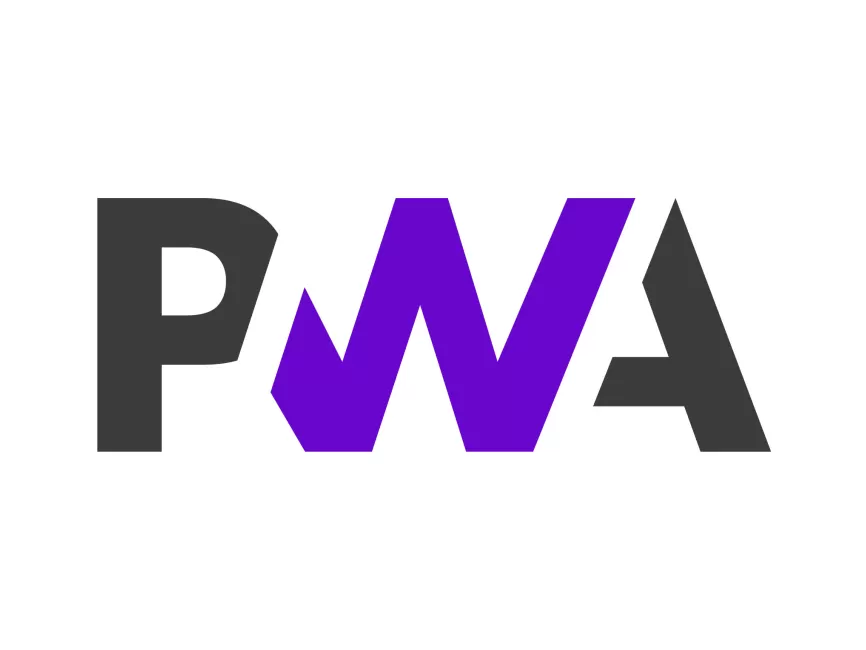A tech stack makes up a crucial part of modern software. It encompasses all aspects of the software or web application, from the backend to the frontend to third-party APIs to databases and all that comes in between.
A tech stack, or technology stack, also referred to as a solution stack, is a package that is intended to provide a solution in the form of software.
Think of it as a bunch of different technologies stacked together to bring about an effective answer to some need of the user.
Deciding what the tech stack will be made of is immediately preceded by requirement engineering and a careful analysis of market trends.
Before we get into how a tech stack is selected, let us take a look at the components of a standard tech stack.
Components of a Tech Stack
When we say tech stack, we don’t refer to anything, as a tech stack can be anything based on the requirements. Since tech stacks cover all aspects of the software, it is easier to refer to them when we mean to talk about the entire recipe behind the software.
Tech stacks usually cover the following fronts:
Backend
The backend is the backbone of any software. It is that ugly code that is written to ensure the software has all the functionality needed to be called a proper program.
The backend doesn’t only cover the functional requirements of a programme; it also defines the non-functional requirements.
Backend programming languages make up an important decision when choosing a tech stack. The scale and scope of the programme are taken into consideration before choosing a backend language that isn’t going to create unnecessary hurdles during development.
Backend covers important aspects like the operating system, server, interaction with a database, logic, architecture of the programme, API integration, and more.
Frontend
The frontend is the part of the application that is visible to the user. It is the interface through which users interact with the application.
There aren’t a lot of options when it comes to frontend, and that’s because the most popular choices rule the industry, and there hasn’t really been much of a need to create a lot of frontend frameworks.
At least where web applications are concerned, the top three names are HTML, CSS, and Javascript. Javascript has a lot of frameworks that frontend developers can work with. But the core languages remain the same.
For a tech stack, this choice of framework matters. The decision is made depending on the nature of the software.
Database
A database is where data is stored for the long term. It is the reserve that holds the information that can be retrieved at a later date.
With a huge reserve, it is essential for a database to maintain the integrity of its data. Especially when it is being accessed from multiple sources and updated at the same time by multiple threads. The functions aren’t directly performed inside a database since it is just storage.
But this storage needs to hold this information without any corruption or loss of data.
How software is going to interact with the database depends on the language used. This language is another choice that determines which tech stack will be chosen for a program.
APIs
To ease modern software development, help comes from Application Programming Interfaces or APIs for short.
APIs are programmes that help connect two different programmes together. APIs are essential for building a scalable and effective programme in a limited period of time. The idea behind APIs is that they take fully functional programmes and simply integrate them with the new application.
This reduces redundancy, and developers can create powerful programmes based on the programmes that are already commercially available. Moreover, instead of introducing a new way to do something, users get to experience a similar interface that they already know.
Integration of APIs is a crucial part of development. And how it is done makes up a deciding factor for teck stacks.
Tech Stack Examples
There are many popular tech stacks used today for different types of software. Here’s a list of the top 10 most preferred tech stacks that you can choose from.
Top 10 Tech Stacks to Choose From
1. MERN
MERN tech stack is made up of four components: MongoDB, Express.js, React, and Node.js. MERN is one of the most widely used and increasingly popular tech stacks today.
MERN sums up a lot of technologies that are used for building cutting-edge solutions. A great example is SPAs, or Single Page Applications that are known for their speed and responsiveness.
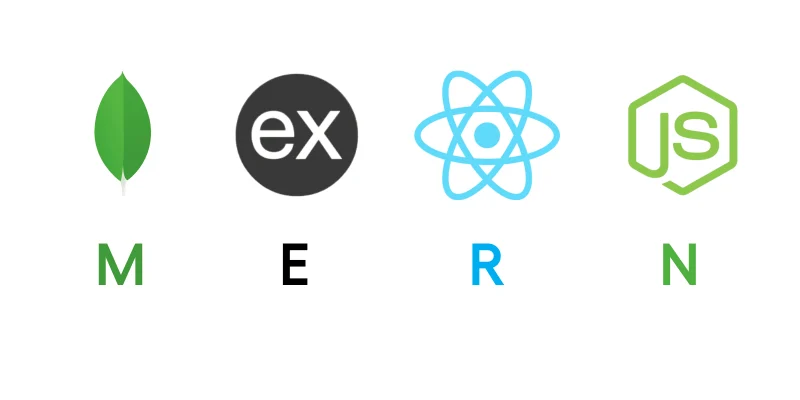
MongoDB is a database programme that stores data in a JSON-like format, making it good for handling big projects.
Express.js is the backend framework that is used for building web applications and APIs. With a relatively minimal structure and multiple plugins, Express.js is the choice for most major tech stacks.
React is one of the most popular front-end libraries that are widely used today. From SPAs to responsive software, React is a great choice for all.
Node.js is a runtime environment that allows developers to do server-side scripting and write command-line tools. Known for its speed and scalability, Node.js is a great choice for big applications.
2. MEAN
Just like MERN, MEAN is another top option for many developers. MEAN and MERN basically differ in the front-end libraries they use. MERN uses React, while MEAN stack has AngularJS.
Google developed and released AngularJS in October 2010.
Angular is mostly used for building effective single-page applications. Angular didn’t just make the development of SPAs easy; it also helps test these applications. AngularJS provides many components that are used in web apps and PWAs, making it a good choice for the long term.
Despite being discontinued, it continues to be used by developers. Google stopped updating AngularJS in 2022 for issues such as security, compatibility, and jQuery-related problems.
Stable releases of Angular are still around, and with a robust front-end framework in the form of AngularJS, MEAN continues to be a dominant tech stack in the industry.
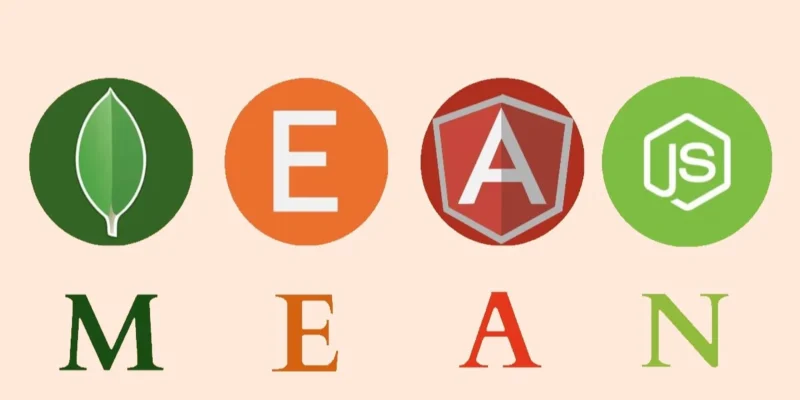
3. MEVN
MEVN is another one of the most popular choices, just like MERN and MEAN. It replaces the front-end framework with Vue.js.
Vue.js is mainly used for building SPAs and user interfaces with an incrementally adaptable architecture. Known for its simplicity, flexibility, and ease of integration, Vue focuses greatly on declarative rendering, which means it efficiently updates and renders the objects on the page as the developers describe the UI.
This makes for easy-to understand and read code, making it a popular choice for developers.
With the addition of Vue, MEVN is known for being developer-friendly and flexible, providing excellent results for web applications.
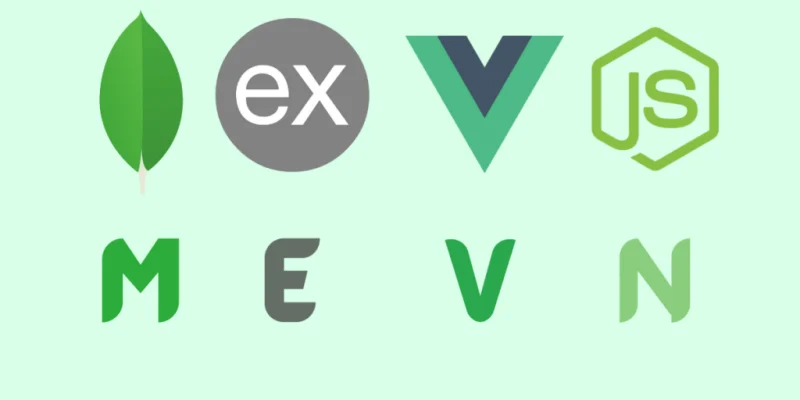
4. LAMP
LAMP is one of the oldest tech stacks around, and many of the most powerful software programmes are built using LAMP.
LAMP uses Linux as the operating system, along with Apache, MySQL, and PHP/Perl/Python. LAMP came around in 1998. Since then, there have been various versions of the tech stack for other operating systems.
For example, WAMP for Windows OS, MAMP for macOS, XAMPP, a cross-platform version, and many more.
Apache serves as the HTTP server in LAMP, while MySQL is the database management system.
The P represents one of the three server-side scripting languages: PHP, Perl, or Python.
Despite how old it is, LAMP hasn’t lost its place. It is still considered one of the best tech stacks for its robustness and cost-effectiveness.
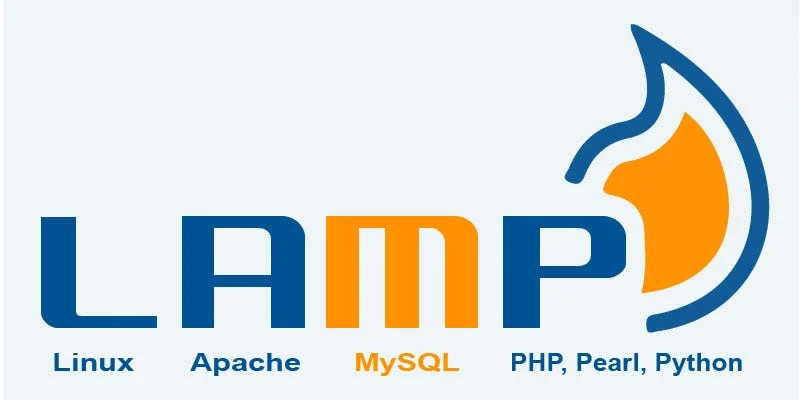
5. React
React can be used to develop single-page applications and user interfaces, paired with Next.js. React is maintained by Facebook. It is widely used for interfaces that require dynamic and frequent interaction.
React is mostly used in conjunction with other frameworks (such as MERN) for building full-stack applications.
It is known for its component-based model, one-way data binding, and hooks that eliminate the need for class components, allowing developers to manage stateful logic.
6. Node.js
Node.js is a well-known runtime environment that is used for running Javascript codes. Being a runtime environment means that Node.js applications run both on the computer where they are created as well as on the target computer.
This means that the programmes written in Javascript run both on the server and the client. This is how dynamic web pages are created. This way, Node.js brings web development to a single programming language. Undoubtedly, Javascript is considered one of the most powerful programming languages of modern times.
With an event-driven structure, Node.js applications are known to be scalable and fast.
7. Next.js
Next.js is a web development framework that provides React-based applications. With Next.js, support for server-side rendering as well as static websites is available.
With React being a widely used framework, Next.js is bound to be one of the leading technologies in today’s world of the web.
React is used to build web applications that render on the client side with Javascript. However, if the browser where the application is running doesn’t have Javascript enabled, that can turn into a problem. That’s where Next.js comes in.
Since Next.js allows server-side rendering before directing the results on the client-side, even if Javascript is disabled, it does not affect the output.
8. React Native
React Native is used to develop React applications that have native platform capabilities. Native platform applications are made for the operating system of a certain device. Native applications aren’t portable since they don’t have compatibility with other platforms.
Typescript is often used with React Native as it is considered safer than Javascript. React Native applications run in the background of the system. Communication is asynchronous and uses a batched bridge.
React Native apps are safer, faster, and cost less, making them an optimal choice for many systems.
9. Laravel
Laravel is a PHP web framework that is used for developing web applications. It uses a model-view-controller architectural pattern, or MVC for short.
As is evident from its name, an MVC architecture divides the programme logic into three portions.
Model represents the information that the design is supposed to contain; View refers to the way that information is presented to the user and how any information is accepted from the user; and Controller is the middleman, a piece of software that connects the inside (Model) to the outside (View).
With its elegant syntax, robust features, effective tools, and maintainable conventions, Laravel proves to be a great way of developing web applications.
10. LiveWire
Livewire is a full-stack framework that is used for building Laravel applications. LiveWire helps developers make full use of PHP in their arsenal and create reactive UIs without relying on Javascript.
With a component-based structure, working with LiveWire is efficient. From server-side handling, hooks, data binding, and form handling to a lot of other useful functionalities, LiveWire is a good option as a tech stack if you don’t want to rely on Javascript and DOM manipulation.
With LiveWire, DOM manipulation is done directly on the server side, which helps create dynamic web applications.
With LiveWire, the belief that PHP is dead is proven wrong once again. PHP is still going strong and will likely stay relevant for a long time.
FAQs
1. How do I choose a tech stack for an app?
The choice of a tech stack for any app depends highly on the requirements. Before choosing a tech stack, you’ll need to consider the functional requirements of your app as well as non-functional requirements such as scalability, flexibility, and compatibility with different platforms.
Moreover, you should also consider the type of front-end you prefer. Different frameworks can bring a different touch to how your app appears, so it’s important to consider the visual appeal of your app as well.
All these considerations will help you come to the right decision. In most cases, a tech stack that allows for both static and dynamic configurations is the best option.
2. Which web stack is most popular?
In 2023 and onward, MERN is going strong and is likely to remain the top-preferred tech stack by developers for its rapid development, scalable backend, and flexible data storage. To top it off, it has one of the most popular frontend libraries to work with, making it one of, if not the most, powerful tech stacks out there.
3. Is Python a tech stack?
Python is a programming language, not a tech stack. A tech stack is usually made of more than one programming language. Even if the frameworks are based on the same language, tech stacks have different frameworks for different functions.
Python can create programmes, but since it doesn’t have any handling mechanisms for OS or database, it can’t be considered a tech stack on its own.
Python may be part of a tech stack in the case of a LAMP stack.



